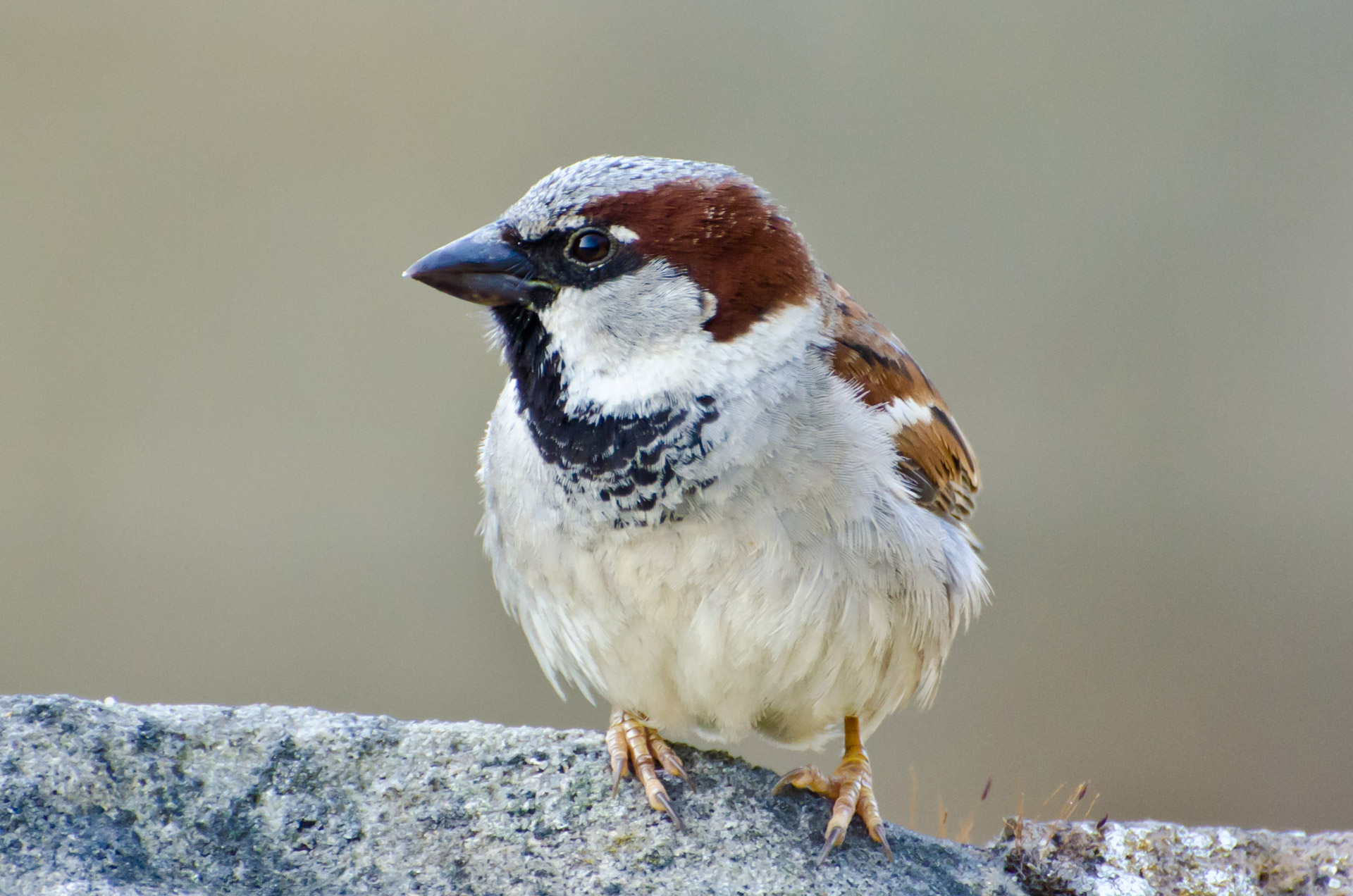The Nereida Bird is an extraordinary avian species that captivates nature enthusiasts worldwide. With its vibrant plumage and distinct behavior, this bird has become a subject of interest for researchers and birdwatchers alike. This article will explore the fascinating world of the Nereida Bird, delving into its habitat, physical characteristics, and ecological significance.
As one of the most intriguing bird species, the Nereida Bird plays a crucial role in its ecosystem. Its unique traits not only make it a marvel to observe but also contribute significantly to biodiversity. Understanding this bird's behavior and habitat can provide valuable insights into the delicate balance of nature.
Whether you're a seasoned ornithologist or simply someone who appreciates the beauty of wildlife, this article will take you on a journey through the life and world of the Nereida Bird. We'll cover everything from its physical attributes to conservation efforts, ensuring you gain a comprehensive understanding of this remarkable species.
Read also:Rocket Powered Mohawk Real Name Unveiling The Iconic Character
Table of Contents
- Introduction to Nereida Bird
- Natural Habitat
- Physical Characteristics
- Behavior and Social Structure
- Diet and Feeding Habits
- Reproduction and Lifespan
- Conservation Status
- Threats to the Species
- Scientific Research
- Conclusion
Introduction to Nereida Bird
The Nereida Bird is a medium-sized avian species native to tropical regions. Known for its striking plumage, this bird is a symbol of natural beauty and resilience. The species thrives in diverse environments, showcasing its adaptability to changing conditions.
Why Study the Nereida Bird?
Studying the Nereida Bird provides valuable insights into avian biology and ecology. Researchers focus on its migration patterns, social interactions, and survival strategies. These studies contribute to broader conservation efforts aimed at protecting endangered species and preserving biodiversity.
Natural Habitat
The Nereida Bird primarily inhabits dense rainforests, coastal areas, and wetlands. These environments offer the necessary resources for its survival, including food, shelter, and breeding grounds.
Key Features of Its Habitat
- Abundant vegetation for nesting
- Proximity to water sources
- Rich biodiversity supporting its diet
Physical Characteristics
The Nereida Bird is renowned for its vibrant feathers, which range from deep blues to radiant greens. Its wingspan can reach up to 40 inches, allowing it to glide effortlessly through the air. These physical attributes make it one of the most visually stunning bird species.
Unique Traits
- Vibrant plumage for camouflage and mating displays
- Strong beak for cracking seeds and nuts
- Agile flight patterns for escaping predators
Behavior and Social Structure
Nereida Birds exhibit complex social behaviors, often forming large flocks during migration. They communicate through a series of calls and visual displays, reinforcing social bonds within the group. Understanding their behavior offers insights into avian communication and cooperation.
Migration Patterns
Seasonal migrations are a critical aspect of the Nereida Bird's life cycle. These birds travel long distances to find suitable breeding grounds and food sources. Studies indicate that environmental changes, such as deforestation, may impact their migration routes.
Read also:Nia Towle Parents A Comprehensive Exploration Of Her Family Background
Diet and Feeding Habits
The Nereida Bird's diet consists mainly of fruits, seeds, and insects. Its strong beak allows it to access a variety of food sources, ensuring its survival in diverse habitats. This adaptable diet contributes to its role as a seed disperser in ecosystems.
Key Food Sources
- Tropical fruits
- Seeds and nuts
- Insects and small invertebrates
Reproduction and Lifespan
Nereida Birds typically breed during the rainy season, when food is abundant. Mating rituals involve elaborate displays of plumage and vocalizations. Once paired, the birds build nests in tree hollows, where they lay and incubate their eggs.
Lifespan
The average lifespan of a Nereida Bird in the wild is 15-20 years. Factors such as predation, disease, and habitat loss can influence their longevity. Conservation efforts aim to mitigate these threats and ensure the survival of future generations.
Conservation Status
The Nereida Bird is currently classified as "Near Threatened" by the International Union for Conservation of Nature (IUCN). Conservationists are working to protect its habitats and address threats to its population. Efforts include reforestation projects and community-based conservation initiatives.
Conservation Challenges
- Habitat destruction due to deforestation
- Climate change affecting migration patterns
- Illegal poaching and trade
Threats to the Species
Despite conservation efforts, the Nereida Bird faces numerous threats. Human activities, such as logging and agriculture expansion, continue to encroach on its natural habitats. Addressing these challenges requires collaboration between governments, organizations, and local communities.
Potential Solutions
- Establishing protected areas
- Promoting sustainable land use practices
- Raising awareness about the importance of biodiversity
Scientific Research
Research on the Nereida Bird has yielded valuable insights into its biology and ecology. Scientists use advanced technologies, such as GPS tracking and genetic analysis, to study its behavior and population dynamics. These studies inform conservation strategies and policy decisions.
Notable Studies
- Migration patterns and habitat use
- Genetic diversity and population structure
- Impact of climate change on breeding success
Conclusion
The Nereida Bird is a remarkable species that enriches our understanding of avian life and ecosystems. From its vibrant plumage to its complex social behaviors, this bird exemplifies the beauty and complexity of nature. By addressing the threats it faces and supporting conservation efforts, we can ensure its survival for future generations.
We invite you to explore further resources and share your thoughts in the comments below. Together, we can make a difference in protecting the Nereida Bird and the ecosystems it inhabits. For more information, consider reading related articles or supporting conservation organizations dedicated to preserving biodiversity.
Data Sources: IUCN Red List, National Geographic, World Wildlife Fund


